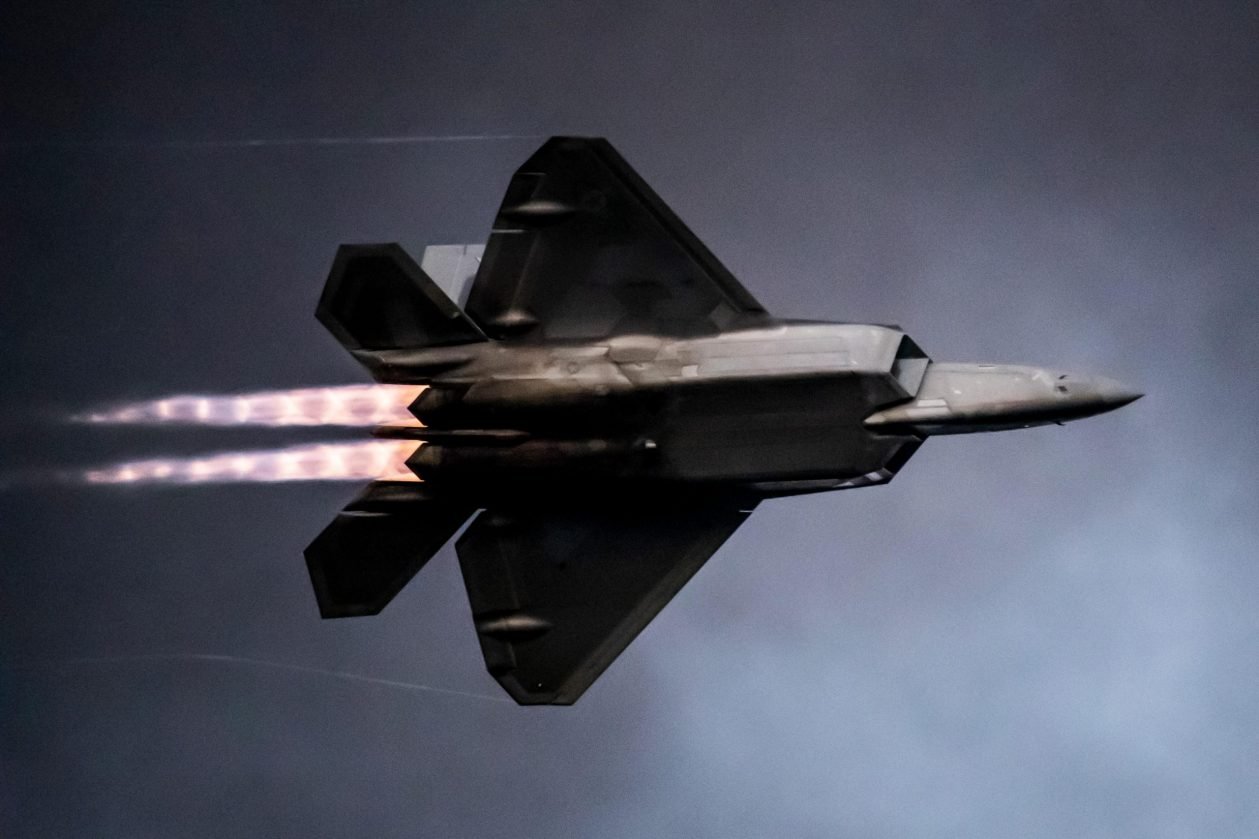Russia’s Russian invasion of Ukraine has sparked fears in the West that China could launch a similar military stunt against Taiwan, which could also threaten the security of its ally Japan and justify its intervention.
General Kenneth Wilsbach, commander of the Pacific Air Forces, recently argued that it would be significantly more appropriate to install “attritable” unmanned aerial vehicles against China rather than high-end stealth fighter jets such as F-35s or F-22s. He is speaking at an online interaction hosted by the Mitchell Institute for Aerospace Studies.
“Atritable” is a design feature that deals with reliability and maintenance for inexpensive, reusable, and ultimately discarded weapon.
The army is looking for advanced unmanned aerial vehicles that can be deployed over and over again and ideally never be shot down. It will be possible to tolerate losses while combat power is maintained by increasing the number of fighter jets in the fleet, according to European security and defense.
When asked how the USAF would address the lack of capacity with only a few hundred F-22 Raptors, about 150 F-35s, 10 B-2 bombers, and a small number of C-17s ready and operational at any given time, General Wilsbach said that planning is based on the resources already available, with the proviso that more resources will not come.
He added that China’s ability to defend its nation was very robust. It has a very strong anti-access / area denial (A2 / AD) system in the East and South China Sea.
According to top military officials, the best choice for the US Air Force in the event of a conflict with China would be to gather the attributable systems – it could be perpetrators or inhabited UAVs – to expand Chinese defense, as they have more goals to Fight against and have no idea what that air-born fortune is.
“It would give you an advantage because they use their resources to shoot things that you do not mind shooting them down. So, that would be a capacity that I am very interested in because we can go into the future to set goals “to shoot them, but the ones we want them to shoot at. The ones that come after that could be air force or ammunition that creates an effect that we choose,” said General Wilsbach.
The comments point to a strategy in which US Air Force fighter jets are not used directly in conflict, but rather pursue inconsistent or less significant UAVs, which the general identifies as attractive with the aim of exhausting and disrupting PLAs. A2 / AD capability and then conduct an offensive of choice with air force that includes F-35s, F-22 Raptors, B-2 bombers and other attack aircraft.
The United States has also strengthened its defenses in the Pacific, particularly on Guam Island and Australia. China has nuclear ballistic missiles in its inventory, such as the formidable DF-26, which strikes American assets in the event of a potential conflict. The United States has previously sent F-35s and F-22 Raptors to Australia, as previously reported by the EurAsian Times.
To discourage potential Chinese military aggression and threats from North Korea, the US decided to send more fighter jets to Australia, including F-22 Raptors, F-35 Lightning II, and B2 Stealth bombers in November last year.
The U.S. military has also recently conducted training with a hypersonic missile that can be sent to Guam to defend Taiwan. It performed a series of ground maneuvers with the first prototype of the Long Range Hypersonic Weapon (LRHW) system, codenamed ‘Dark Eagle’.
‘Atritable’ UAVs
Asked if the U.S. Air Force should focus more on autonomy, unmanned aerial vehicles and varying sizes of aircraft in its inventory, the general affirmatively answered, about the ability to collect different types of aircraft.
He explained that the loss of an unmanned aircraft would have far less impact on the Air Force than the loss of a manned aircraft. However, the decision should be made based on the nature of these unmanned “attritable” aircraft and how exquisite they can be. They could be built as exquisite as an F-35 or as advanced as an NGAD, but the cost would be prohibitive.
General Wilsbach suggests that the unoccupied aircraft could be produced as less exquisite, a little more attractive so that the Air Force could have more of them – the more of these the Air Force falls, the more targets China will be forced to commit to its resources .
All of these assets will have some kind of capacity, whether it be a sensor, a weapon, a jammer and they should swim well so that they can communicate with each other and not only collaborate among themselves but also with the manned platform they support. .
Some of them can be stealthy, some of them should be conventional, because if it’s stealthy, and they can not see it, then they can not shoot at it, “he says.” So there should be a mixture of all that are because we continue to present many more dilemmas than they can handle at any given time. “
He went on to say that as observed in exercises, collecting such aircraft against a specific target implies that while some may be shot down because China has really good defenses, they are still unable to shoot them all down, and “it is the Weapon that creates the final effect that counts “. All of these unmanned assets would support the manned assets.


Add Comment